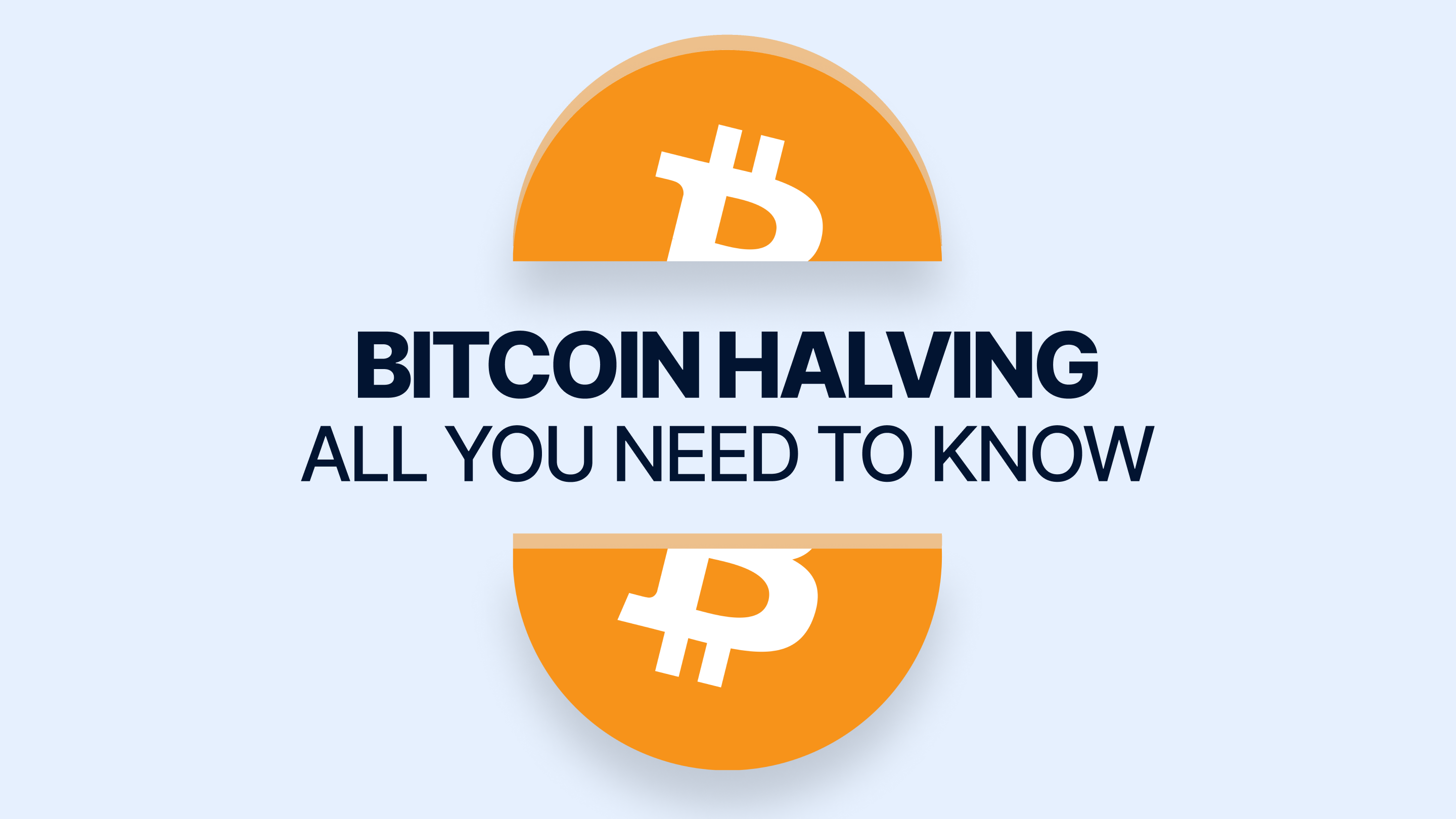In this article, we’ll explain everything you need to know, including the difference between TRC20 and ERC20, and related practical tips.
What is a token standard?
As both TRC20 and ERC20 are token standards, let’s quickly recap what this term means. Essentially, a token standard is a set of mandatory guidelines established by an ecosystem that all participants must respect and implement when creating a new coin. These rules set basic principles, such as how the tokens can interact with the network they are issued on, or how the launching process and steps must look like.
Two of the major token standards are Ethereum’s ERC20 and Tron’s TRC20. ERC20 was the first significant standard, as it was adopted by thousands of tokens launched on the Ethereum blockchain; notable examples include Uniswap (UNI), Shiba Inu (SHIB), Chainlink (LINK), and, of course, Tether (USDT). Tron’s equivalent system is also popular, but it’s not quite on the level of Ethereum; TRX and Tether (USDT-TRC20) are its biggest representatives.
Two of the major token standards are Ethereum’s ERC20 and Tron’s TRC20.
USDT-ERC20 vs. USDT-TRC20
Simply put, these are both the same exact token, only issued on different blockchains by Tether. Their characteristics mostly match, and their prices are equal all the time. Just to put it into perspective, Tether’s total market cap of around $78B is mostly evenly split between Tron and Ethereum—half is issued here, and the other half is there. Imagine this as a voucher that you get in your local fast-food franchise restaurant: it’s pretty much the same as the ones issued by other member restaurants, but you can only use it in your town.
ERC20 vs TRC20: What’s the difference?
These two share a lot of attributes, however, there are some important points of difference. When using ERC20, all of a token’s transactions have to go through the Ethereum blockchain, where to complete such a transaction, users have to pay gas fees. Unfortunately, these have climbed to extreme heights recently, resulting in a quite hefty price for each execution. On the other hand, tokens with the TRC20 standard run on the Tron network, which enables transactions with much lower fees; in fact, often free of charge. This may sound just perfect, however, let’s not forget that this way, you can only directly interact with the low number of other tokens on the Tron blockchain, versus having access to thousands of major popular coins on the Ethereum network.
Final thoughts and key takeaways
USDT-ERC20 and USDT-TRC20 are similar, yet different; both have their pros and cons. If you’d like to transact more on a daily basis, USDT-TRC20 could be a better choice, however, if you prefer trading your Tether to other, globally popular tokens, you could consider USDT-ERC20 instead. In any case, to buy Tether (USDT) faster, and easier than ever before, visit the Swaps app, and start your investing journey today.
FAQ
This article contains links to third-party websites or other content for information purposes only (“Third-Party Sites”). The Third-Party Sites are not under the control of Swaps, and Swaps is not responsible for the content of any Third-Party Site, including without limitation any link contained in a Third-Party Site, or any changes or updates to a Third-Party Site. Swaps is providing these links to you only as a convenience, and the inclusion of any link does not imply endorsement, approval or recommendation by Swaps of the site or any association with its operators. This article is intended to be used and must be used for informational purposes only. It is important to do your own research and analysis before making any material decisions related to any of the products or services described. This article is not intended as, and shall not be construed as, financial advice. The views and opinions expressed in this article are the author’s [company’s] own and do not necessarily reflect those of Swaps.






